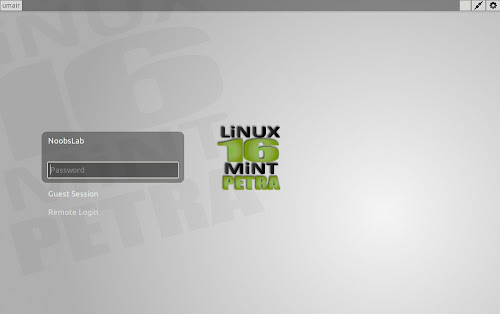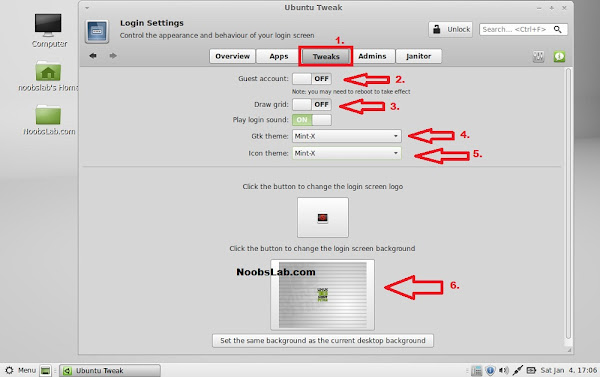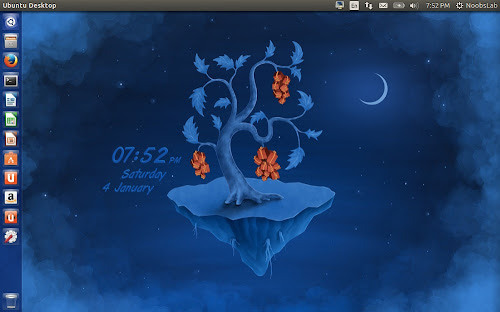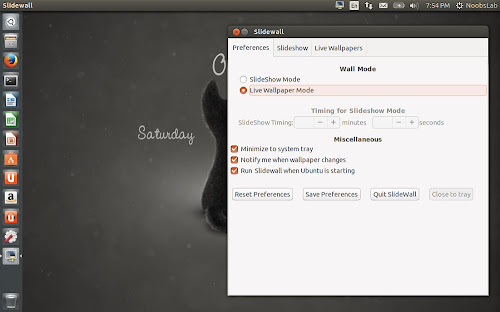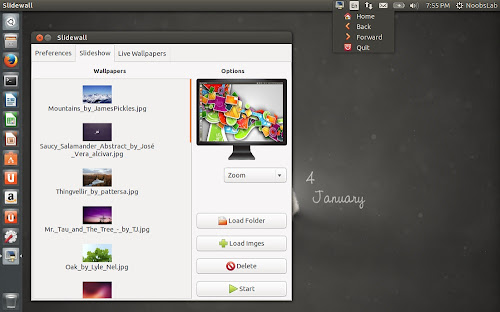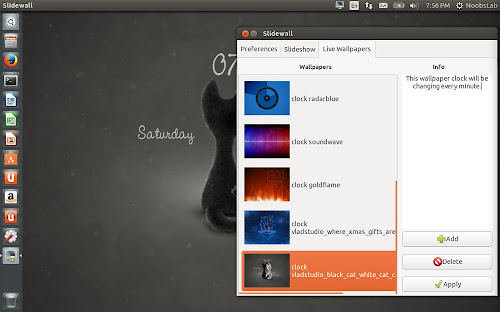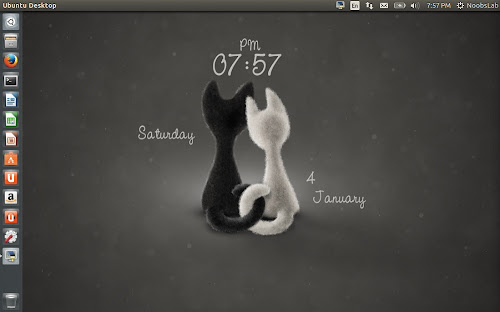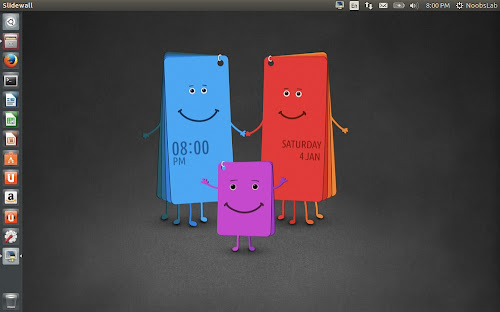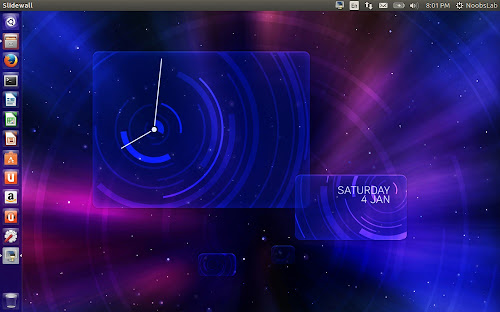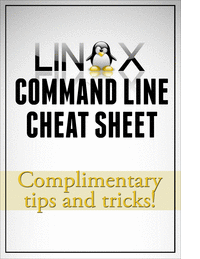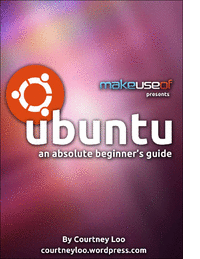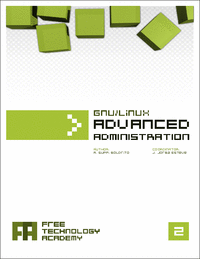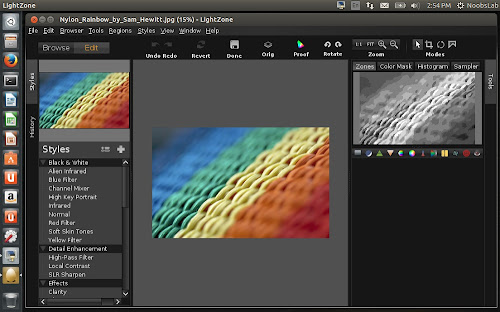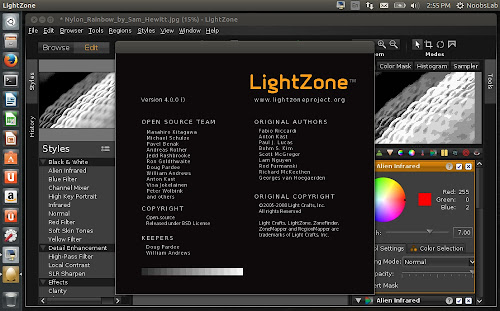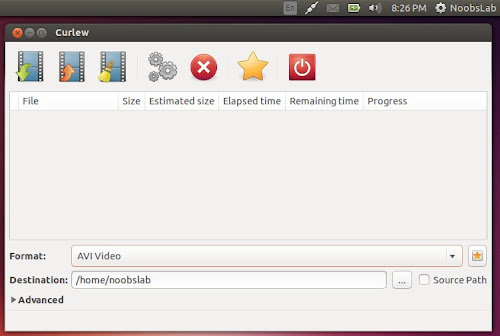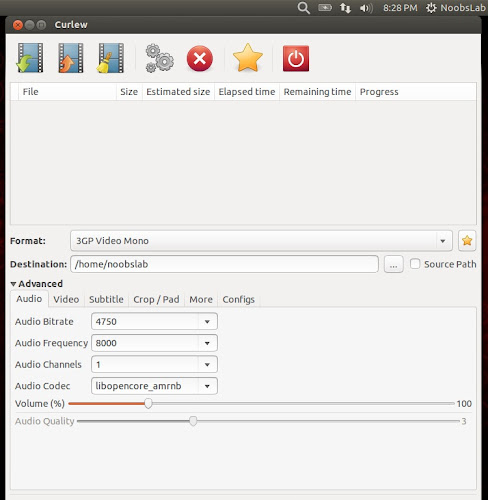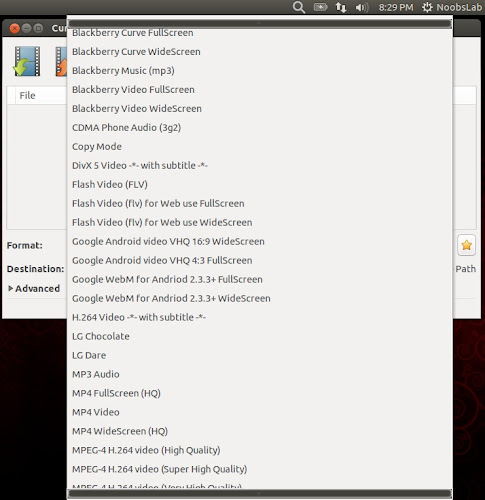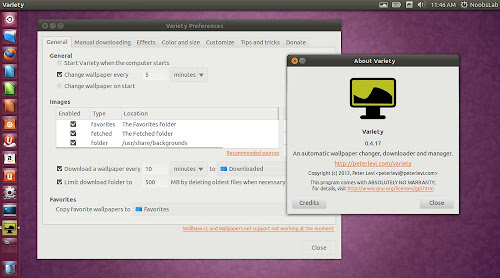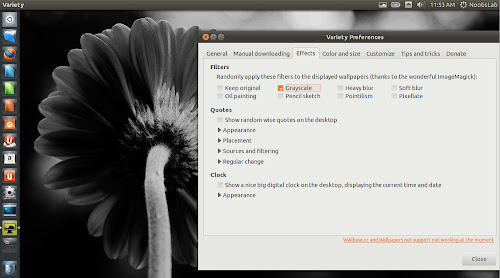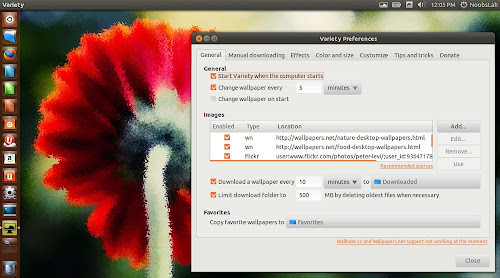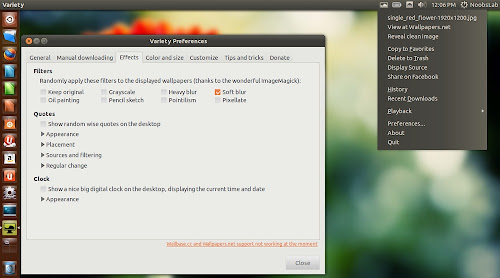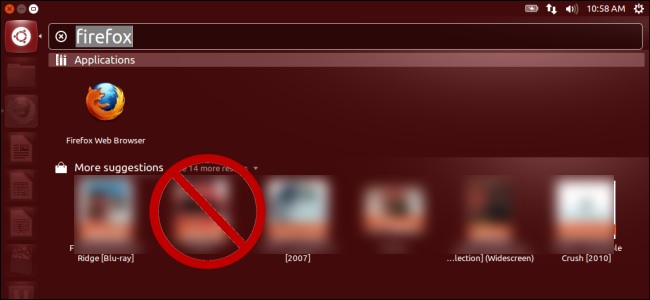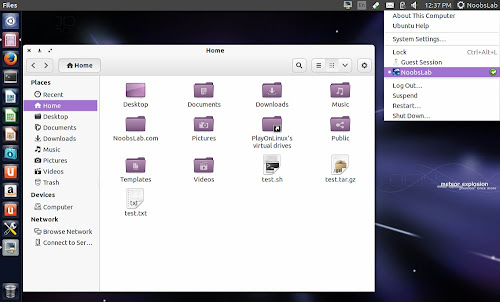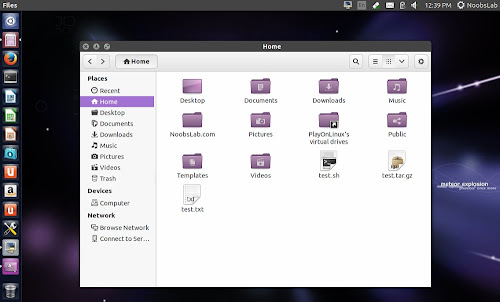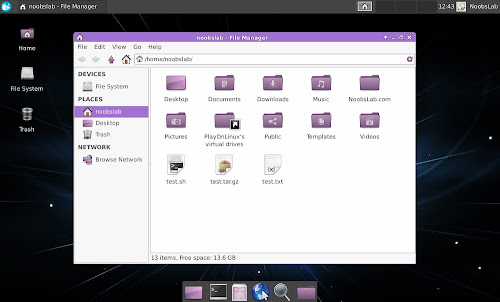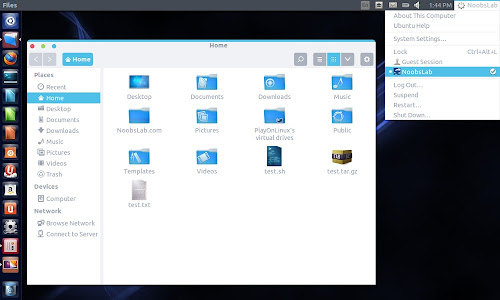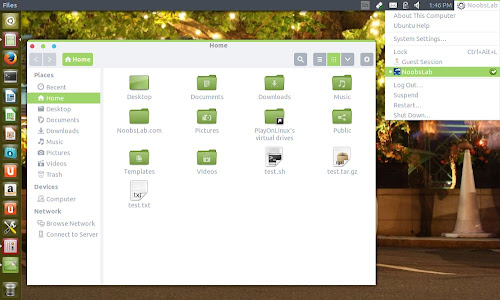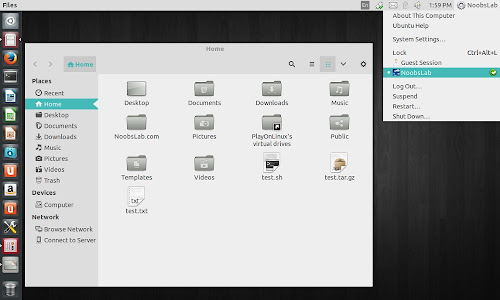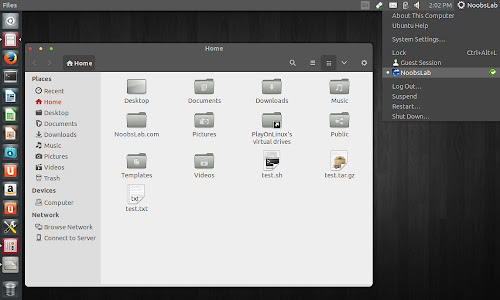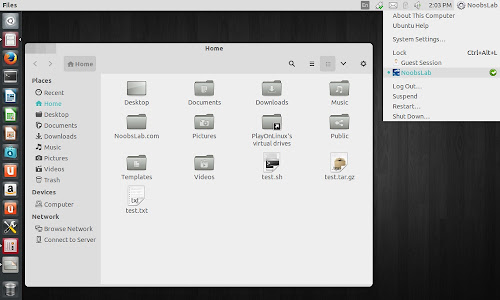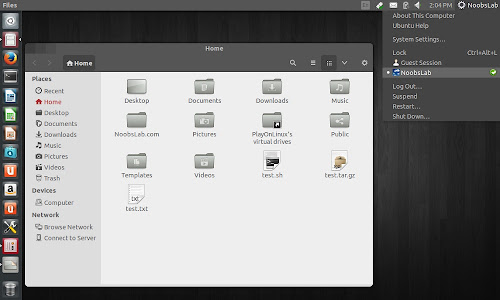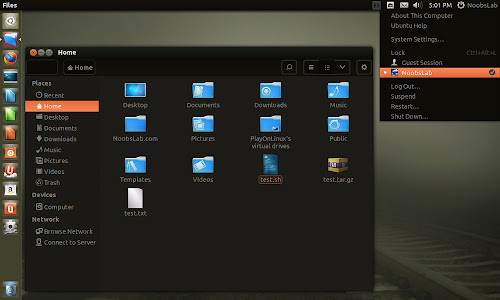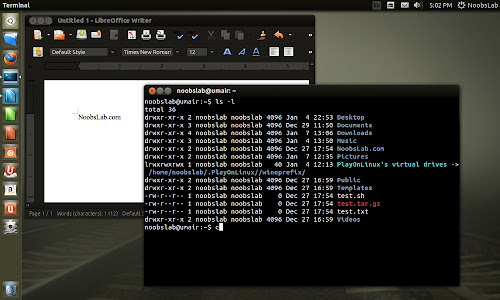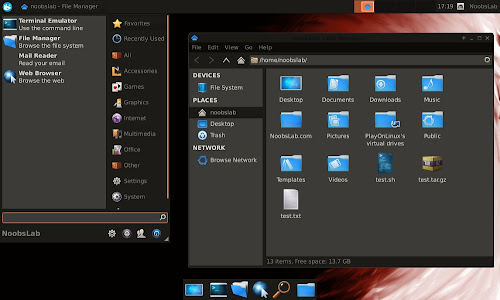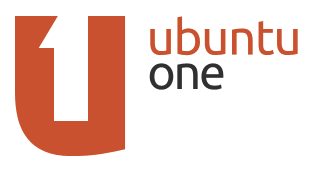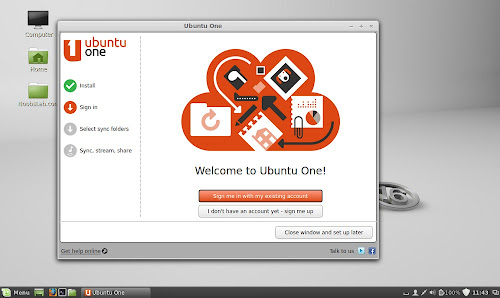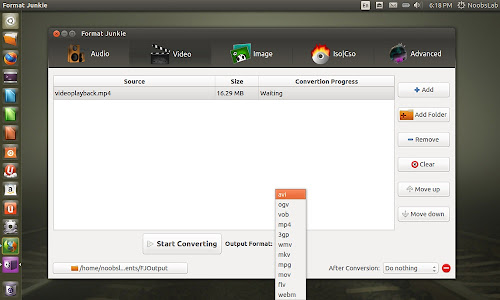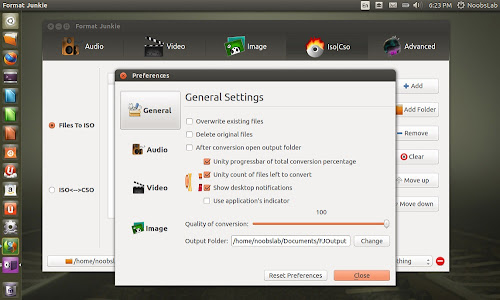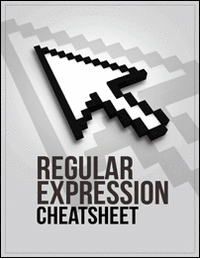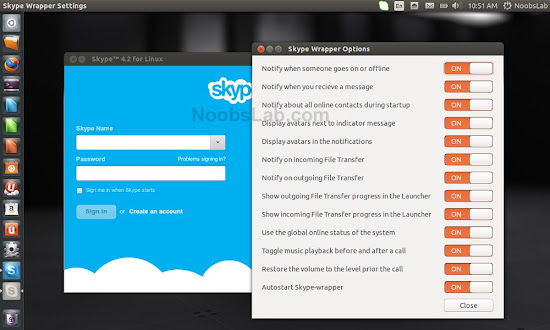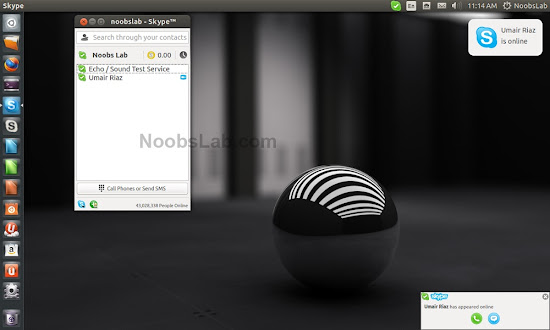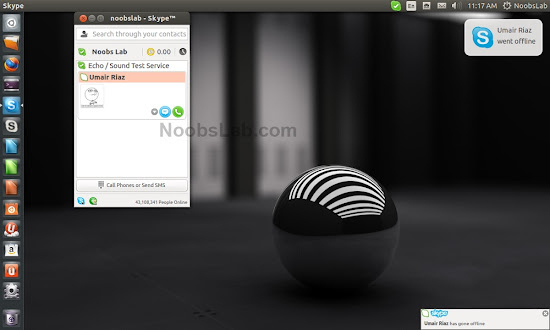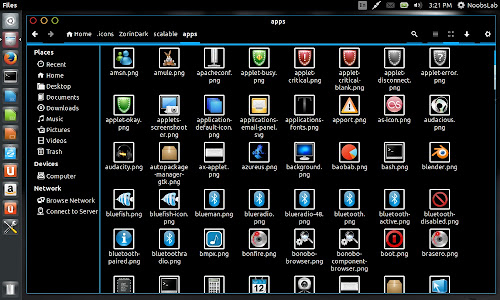These listed eBooks are not excerpt or free samples but complete eBooks.![]()
While most people loathe the command line, it is undoubtedly the most efficient way to get things done. If you are one of those who will freak out when you are on the terminal, we have compiled a list of useful Linux commands that you can use to make your workflow more productive.
1: Collection of free IT eBooks
Browse and free download many other Information Technology eBooks.
2: Linux Command Cheat Sheet
While most people loathe the command line, it is undoubtedly the most efficient way to get things done. If you are one of those who will freak out when you are on the terminal, we have compiled a list of useful Linux commands that you can use to make your workflow more productive.
3: Regular Expression Cheatsheet
With this cheatsheet you will receive daily updates in your email for free, courtesy of Make Tech Easier.If you work with text, you’ll appreciate how useful regular expressions are.
Regular expressions are everywhere in Linux for searching through text right down to the character. This article aims to provide a small "cheat sheet" for people who simply need a little refresher from time to time.
Offered Free by: Make Tech Easier
4: Securing & Optimizing Linux: The Hacking Solution (v.3.0)
A comprehensive collection of Linux security products and explanations in the most simple and structured manner on how to safely and easily configure and run many popular Linux-based applications and services.This 800+ page eBook is intended for a technical audience and system administrators who manage Linux servers, but it also includes material for home users and others. It discusses how to install and setup a Linux server with all the necessary security and optimization for a high performance Linux specific machine. It can also be applied with some minor changes to other Linux variants without difficulty.
Offered Free by: Open Network Architecture
5: Lockdown: Secure Your Data With True Crypt
Encryption is the process of protecting data by using an algorithm to scramble it.This manual will be talking about local file encryption - that is, encrypting files on a hard drive (or encrypting the entire hard drive; more on that later). The files are safe as long as they are kept in the encrypted area. TrueCrypt is a free, cross-platform program (meaning that it works in Windows, Mac OS X and Linux distributions including Ubuntu) that you can use to encrypt your data. It is classified as "On The Fly Encryption" (OTFE) software, which basically means that it encrypts and decrypts files as you access and modify them and that all files within the area of encryption are available as soon as you enter the key.
Also with this free guide you will also receive daily updates on new cool websites and programs in your email for free courtesy of MakeUseOf.
Offered Free by: Makeuseof.com
6: Getting Started With Ubuntu 13.10
This is a simple simple to follow, with step-by-step instructions and plenty of screenshots, allowing you to discover the potential of your new Ubuntu system.Getting Started with Ubuntu is not intended to be a comprehensive Ubuntu instruction manual. It is a quick-start guide that will get you doing the things you need to do with your computer easily, without getting bogged down with technical details. Ubuntu incorporates many new and improved features, including new icons (some dynamic), more appearance options, locally integrated menus, and smart scopes, to name just a few. With the help of this guide, it should not take long before new users get used to the Unity desktop environment. Unity includes the Starter, the Dash, the, indicators, and an on-screen display notification system. All these features will be explained in this guide.
7: Bash Guide for Beginners
Everybody working on a UNIX or UNIX-like system who wants to make life easier on themselves, power users and sysadmins alike, can benefit from reading this guide.The Bash Guide for Beginners gets you started with Bash scripting and bridges the gap between the Bash HOWTO and the Advanced Bash Scripting Guide. Everybody who wants to make life easier on themselves, power users and sysadmins alike, can benefit from reading this practical course. The guide contains lots of examples and exercises at the end of each chapter, demonstrating the theory and helping you practice. Bash is available on a wide variety of UNIX, Linux, MS Windows and other systems.
8: Advanced Bash-Scripting Guide
An in-depth exploration of the art of shell scripting.This guide assumes no previous knowledge of scripting or programming, but progresses rapidly toward an intermediate/advanced level of instruction . . . all the while sneaking in little nuggets of UNIX® wisdom and lore. It serves as a textbook, a manual for self-study, and a reference and source of knowledge on shell scripting techniques. The exercises and heavily-commented examples invite active reader participation, under the premise that the only way to really learn scripting is to write scripts. This book is also suitable for classroom use as a general introduction to programming concepts.
9: The Official Samba-3 HOWTO and Reference Guide 2nd Edition
Fully Updated to Reflect Major Improvements and Configuration Changes in Samba-3.0.11 through 3.0.20+!Use this book to go far beyond basic deployment, leveraging all of Samba's components, from directory services to remote administration. Use it to find practical optimization techniques for any environment, from the workgroup to the enterprise. Use it to find detailed guidance and best practices for troubleshooting and problem solving. And, if your background is in Windows networking, use this book to get up to speed rapidly with Samba network administration in Linux/UNIX environments.
10: Dive Into Python
Python from novice to proWhether you're an experienced programmer looking to get into Python or grizzled Python veteran who remembers the days when you had to import the string module, Dive Into Python is your 'desert island' Python book.
11: Linux Patch Management: Keeping Linux Systems Up To Date
Linux® Patch Management offers Linux professionals start-to-finish solutions, strategies, and examples for every environment, from single computers to enterprise-class networks.Michael Jang presents patching solutions for Red Hat, Fedora, SUSE, Debian, and other distributions. He systematically covers both distribution-specific tools and widely used community tools, such as apt and yum. This book's streamlined patch management techniques minimize impacts on users, networks, and administrators, and address applications as well as the underlying OS. Whatever your role in managing Linux® systems, Linux Patch® Management will reduce your costs, enhance the availability of your systems, and dramatically improve your personal efficiency.
12: Managing Linux® Systems with Webmin™ System Administration and Module Development - Free 808 page eBook
Easy, browser-based Linux/UNIX administration with Webmin--step by step.Webmin gives you an easy, browser-based solution for virtually any day-to-day Linux/UNIX administration task. Now, there's a definitive Webmin guide for every beginning-to-intermediate sysadmin. Written by Webmin's primary developer, Managing Linux® Systems with Webmin™; delivers authoritative, step-by-step coverage of the latest version of Webmin, from basic installation to centrally managing multiple servers.
13: User Mode Linux®
In this book, you'll find authoritative advice on bootup, compilation, administration, specialized configurations, and much more.With User Mode Linux®; you can create virtual Linux machines within a Linux computer and use them to safely test and debug applications, network services, and even kernels. You can try out new distributions, experiment with buggy software, and even test security. Now, for the first time, the creator and maintainer of User Mode Linux®; shows how to put it to work hands-on. Jeff Dike covers everything from getting started through running enterprise-class User Mode Linux® servers.
14: Ubuntu: An Absolute Beginners Guide
Ubuntu is a free, open-source computer operating system with 20 million users worldwide.
This 30 page guide was written for beginners and will tell you everything you need to know about the Ubuntu experience. You will learn how to install and setup Ubuntu on your computer, find technical support in your community, understand the Ubuntu philosophy, navigate the Unity desktop interface and use Ubuntu compatible software programs.
15: Linux from Scratch
Linux from Scratch describes the process of creating your own Linux system from scratch from an already installed Linux distribution, using nothing but the source code of software that you need.
This 318 page eBook provides readers with the background and instruction to design and build custom Linux systems. This eBook highlights the Linux from Scratch project and the benefits of using this system. Users can dictate all aspects of their system, including directory layout, script setup, and security. The resulting system will be compiled completely from the source code, and the user will be able to specify where, why, and how programs are installed. This eBook allows readers to fully customize Linux systems to their own needs and allows users more control over their system.
16: The GNU/Linux Advanced Administration
The GNU/Linux systems have reached an important level of maturity, allowing to integrate them in almost any kind of work environment, from a desktop PC to the sever facilities of a big company.
In this ebook "The GNU/Linux Operating System", the main contents are related with system administration. You will learn how to install and configure several computer services, and how to optimize and synchronize the resources using GNU/Linux.
The topics covered in this 500+ page eBook include Linux network, server and data administration, Linux kernel, security, clustering, configuration, tuning, optimization, migration and coexistence with non-Linux systems. A must read for any serious Linux system admin.
Offered Free by: Free Technology Academy (FTA)
17: Self-Service Linux®: Mastering the Art of Problem Determination
The indispensable start-to-finish troubleshooting guide for every Linux professional.
Now, there's a systematic, practical guide to Linux troubleshooting for every power user, administrator, and developer. In Self-Service Linux®, two of IBM's leading Linux experts introduce a four-step methodology for identifying and resolving every type of Linux-related system or application problem: errors, crashes, hangs, performance slowdowns, unexpected behavior, and unexpected outputs. You'll learn exactly how to use Linux's key troubleshooting tools to solve problems on your own--and how to make effective use of the Linux community's knowledge.
If you use Linux professionally, this book can dramatically increase your efficiency, productivity, and marketability. If you're involved with deploying or managing Linux in the enterprise, it can help you significantly reduce operation costs, enhance availability, and improve ROI.
Series Editor Bruce Perens' is an open source evangelist, developer, and consultant whose software is a major component of most commercial embedded Linux offerings. He founded or cofounded Linux Standard Base, Open Source Initiative, and Software in the Public Interest. As Debian GNU/Linux Project Leader, he was instrumental in getting the system on two U.S. space shuttle flights.
By Mark Wilding, Dan Behman. Published by Prentice Hall. Part of the Bruce Perens' Open Source Series.
Offered Free by: informIT
18: Introduction to Linux - A Hands on Guide
This guide was created as an overview of the Linux Operating System, geared toward new users as an exploration tour and getting started guide, with exercises at the end of each chapter.
For more advanced trainees it can be a desktop reference, and a collection of the base knowledge needed to proceed with system and network administration. This book contains many real life examples derived from the author's experience as a Linux system and network administrator, trainer and consultant. They hope these examples will help you to get a better understanding of the Linux system and that you feel encouraged to try out things on your own.
Offered Free by: Machtelt Garrels
19: Java™ Application Development on Linux®
Linux is the fastest-growing Java development platform because it saves money and time by serving as a platform for both development and deployment. But developers face significant platform-specific challenges when managing and deploying Java applications in a controlled production environment.Written for Java and Linux developers alike, Java Application Development on Linux® is the hands-on guide to the full Java application development lifecycle on Linux.
Readers learn how to:- Use development tools available on Linux, such as the GNU Compiler for Java (gcj), Ant, the NetBeans IDE, IBM's Eclipse Java IDE, JUnit, and SunONE Studio
- Develop business logic layers using Java DataBase Connectivity (JDBC)
- Add a Web interface using servlets and JSPs
- Add a GUI using Sun's Abstract Window Toolkit (AWT) and IBM's SWT
- Deploy EJBs in Linux
- The authors conclude by demonstrating how a hierarchy of budgets can be created, tracked, and shared with Concurrent Versions System (CVS). Java Application Development on Linux® can propel you from a standing start to the full-speed development and deployment of Java applications on Linux.
By Carl Albing, Michael Schwarz. Published by Prentice Hall. Part of the Bruce Perens' Open Source Series.
Offered Free by: informIT
![]()
![]()

